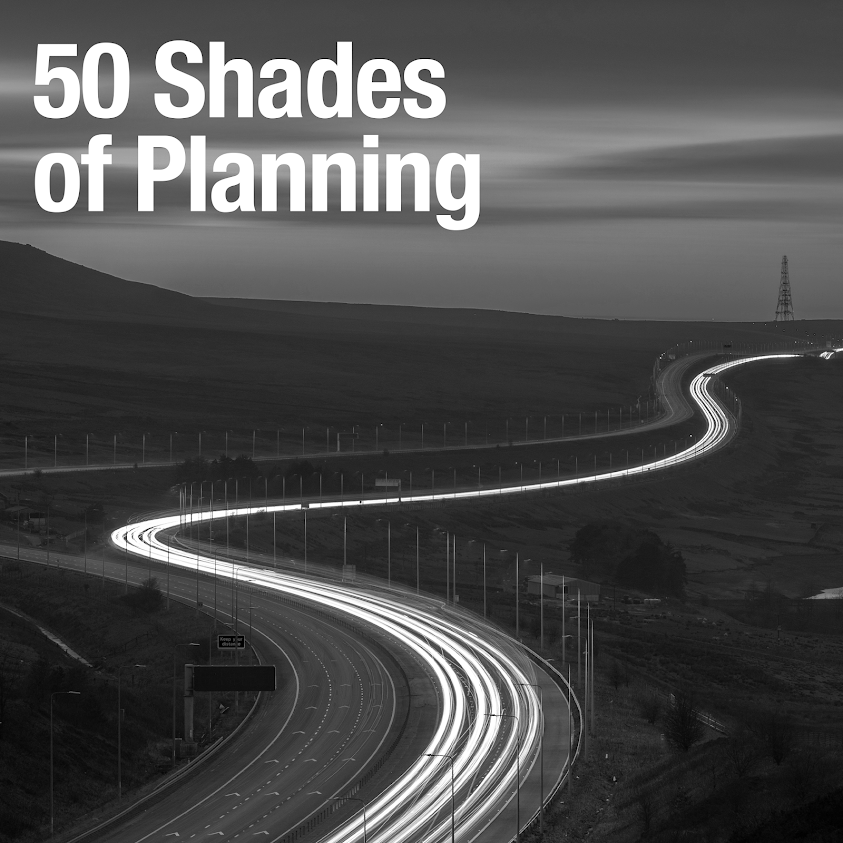With receipt of the Inspector's Report marking a major milestone on the Cheshire East Local Plan's long journey towards adoption, fans of planning and soap operas in the North West may be wondering how to replace what became a major part of our professional lives over the last eight years or so. The void may be filled on the Wirral.
Planning Officers reported to Wirral's Cabinet at the end of February the results of last summer’s SHMA and SHLAA consultation. In the report officers accepted that whilst the objectively assessed need has not yet been identified, it will be higher than the North West RSS. This was the 500 dwellings per annum (dpa) that the Council had sought to be adopted for the next plan period as set out in the Submission Draft Core Strategy, which will soon be five years old.
The OAN for the Borough will be between 875 dpa and 1,235 dpa, both of which represent a significant uplift and Wirral is already falling woefully short of a 5 year housing land supply, with Officer’s stating in that report that:
‘Over the whole fifteen-year plan period, even if all of the potential capacity identified in the SHLAA 2016, including a modest level of development at Wirral Waters, can be delivered, based on the latest information provided by the developer, there would still be a significant shortfall in the supply of future housing land in the Borough against the calculated OAN under both elements.’
Officers recommended that a wider review of potential development options is undertaken, including:
• employment land;
• open space and previously undeveloped land;
• increasing densities where possible;
• Wirral Waters, and when it may be implemented; and
...wait for it...
• Green Belt.
In the minutes of that Cabinet meeting Council Leader Phil Davies (Labour) states that "this administration is committed to not building on Wirral’s Green Belt", but also recognises that "failing to explore all options, including Green Belt, or not submitting a Local Plan by March 2018 carries potential sanctions from Government".
Cue a local news furore and now a resolution from the Conservative Group on the Council to "confirm its unconditional guarantee to protect Wirral's green belt and further resolves that it will not release or allow Council owned green belt land to be developed under any circumstances".
In to this mix will come the Liverpool City Region's Strategic Housing and Employment Land Market Assessment (SHELMA), which will have a growing influence on housing requirements in Wirral and is likely to confirm that none of the neighbouring LPAs are in a position to be able to assist Wirral in meeting their needs.
It was once said that when two North West property professionals meet their first talk is of the Cheshire East Local Plan. Wirral's Plan may actually take longer.

Comments
Post a Comment